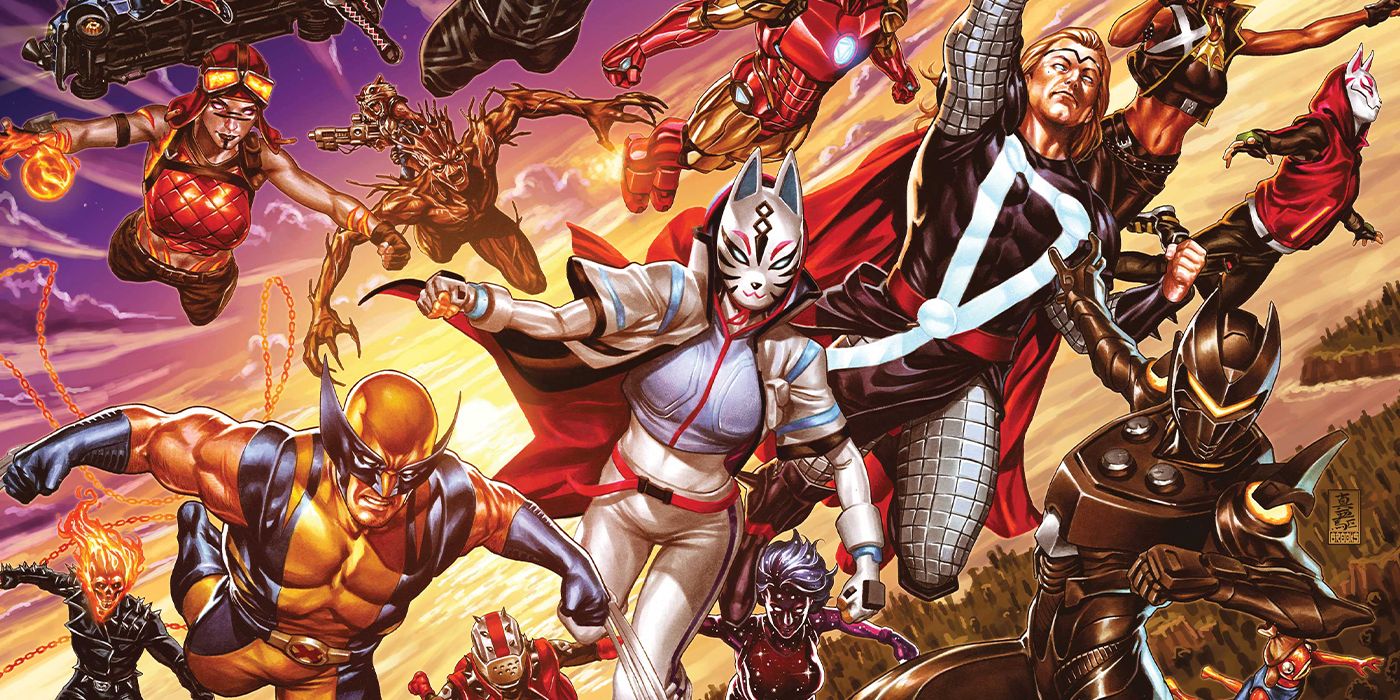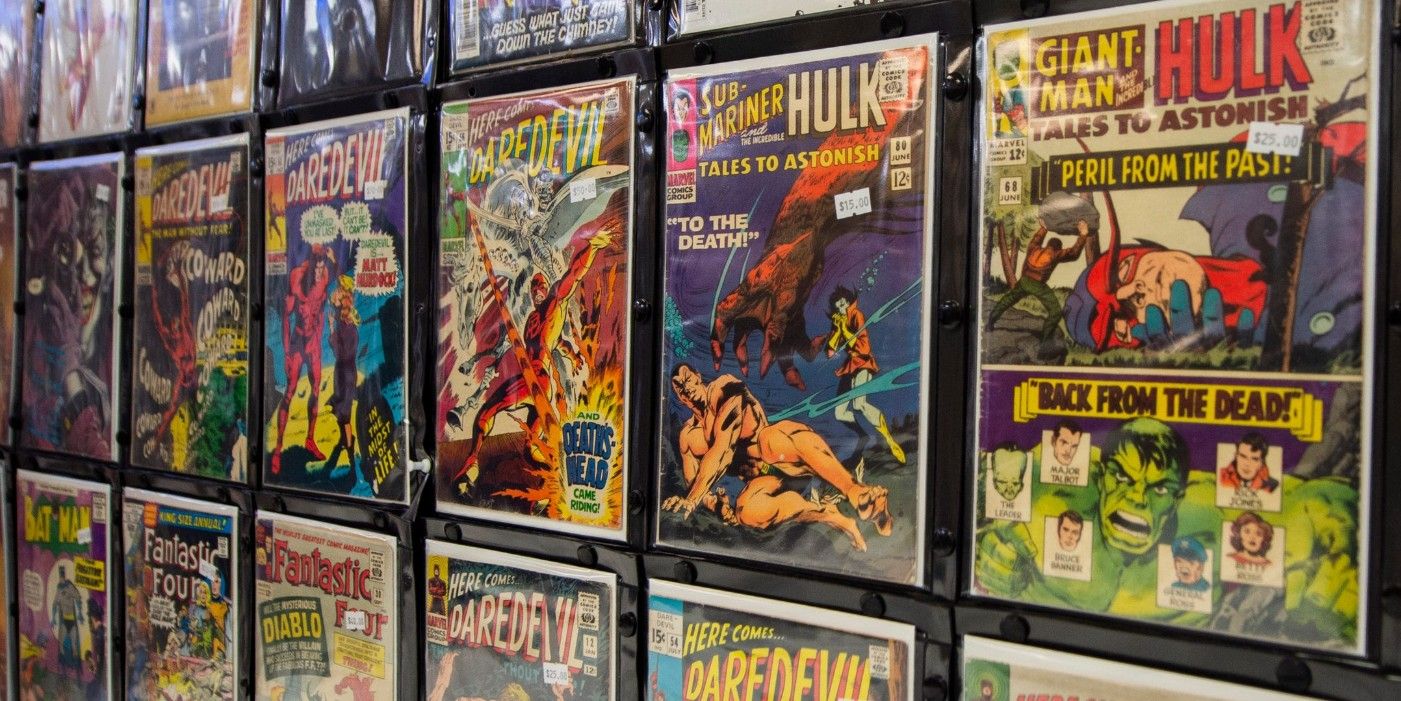The comic book industry has weathered some pretty major economic and socio-political storms over the course of the near-century it has been operating. In the 1950s, American comic books were vilified throughout the United-States for corrupting the nation’s youth. Publishers got through that nightmare, and went on to experience a renaissance in the 1960s, but never forget that Marvel Comics went bankrupt in the 90s and almost disappeared forever. Now the Disney owned brand manager and entertainment company is a global powerhouse. The business of selling comics has also changed over the decades. There was once a time when comics could be purchased at every corner drugstore, newsstand, and supermarket across North-America. Today, physical comics are exclusively found in specialized bookstores. At first glance, this may not seem like such a big deal, but it’s actually part and parcel of the enormous pressure put on small comic shops to satisfy customers and not go out of business.
For most local comic shops, the issue with cover variants boils down to a constant swing between feast or famine. Essentially, storeowners are put in the position of ordering copies of a book they’re not sure they can sell. Just like big comic book publishers, though to a lesser degree, shops depend on the collector’s and speculator’s mindset of their customers to maximize short-term profits. However, mass-produced variant covers aren’t the only means at a publisher’s disposal to tempt people into buying more than one copy of a book. Incentive covers, for example, can be an effective way to leverage the collector’s need for rarity to pressure comic book shops into ordering more copies of a book.
Here’s a breakdown of how incentive covers work. Some issues come with special covers that are only available to a retailer if they order a certain number of books. For example, Absolute Carnage #1 had a variant cover that will be included in the shipment for every fifty copies of the book ordered or a 1:50 ratio. These kinds of ratios run from one in ten (1:10), one in twenty-five (1:25), to one in one-hundred or two-hundred and fifty (1:100, 1:250). This is an era when print numbers are known, meaning scarcity dictates the value of a specific issue. The higher the ratio the scarcer the cover, and thus the bigger the sticker price. Applied to a book in a very popular series, this could mean a bigger payday for both parties. Unfortunately, there’s nothing stopping publishers from using incentive variants to boost sales of series that are underperforming by playing on the collector/speculator market. It’s also not an easy thing to anticipate demand, or what cover is likely to spike in value as far ahead of time as shops have to order the books in the first place. Furthermore, smaller shops often rarely can order 100+ issues of the same comic in order to hit the incentive variant - while massive shops like Midtown Comics can do so with ease since they have a huge customer base.
There’s another downside to incentivizing a collector’s market. As a business, the goal is to have as large a customer base as possible to sustain sales. If a thousand issues of a book are sold, ideally, the copies were each bought by a separate customer. Of course, some people will buy a second copy—that’s just extra money. Where things go wrong in the long term is if those one thousand issues were picked up by collectors or speculators buying a book five or ten times. Why? Because if someone stops buying—for whatever reason—publishers AND retailers are losing a bigger percentage of sales. DC, Marvel, and Image Comics flooding the market with a glut of gimmicky incentive covers in the 90s is part of the reason why the industry almost crashed for good.
The reality of variant and incentive covers has in the last decade become a game of damned if you do, or damned if you don’t for local comic shop owners who can’t afford to neglect any part of their customer base.


